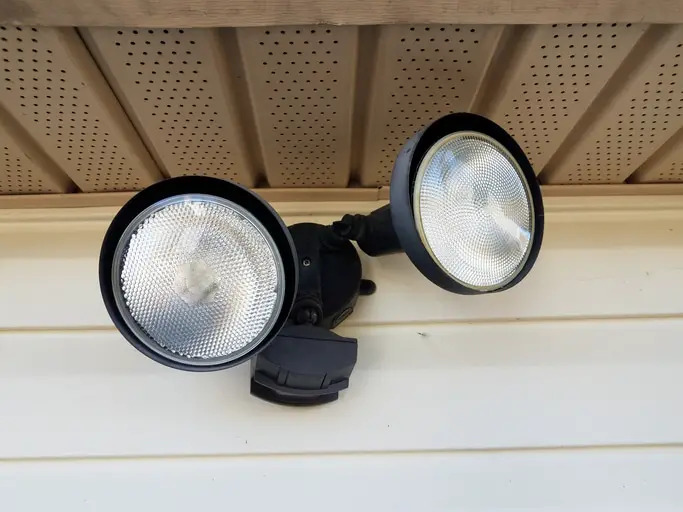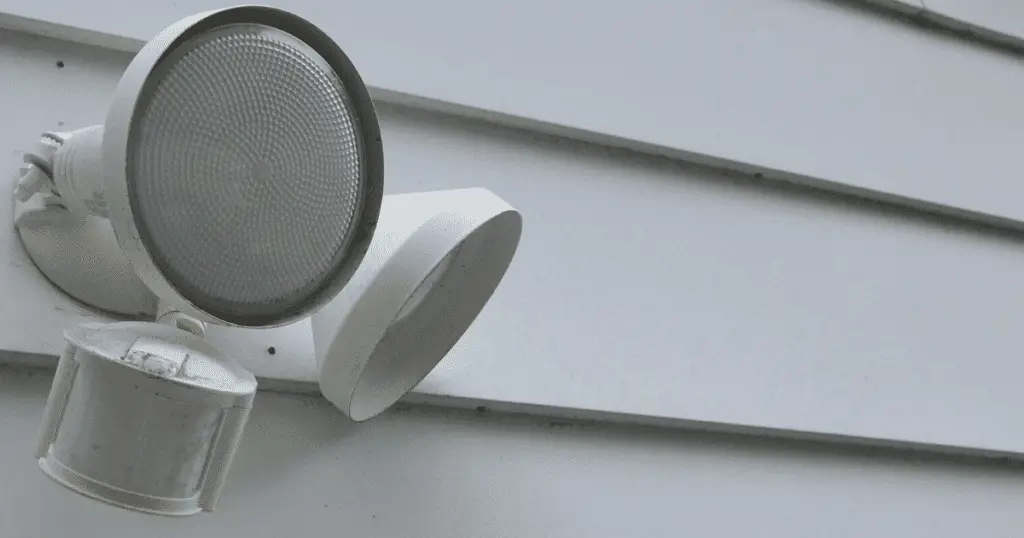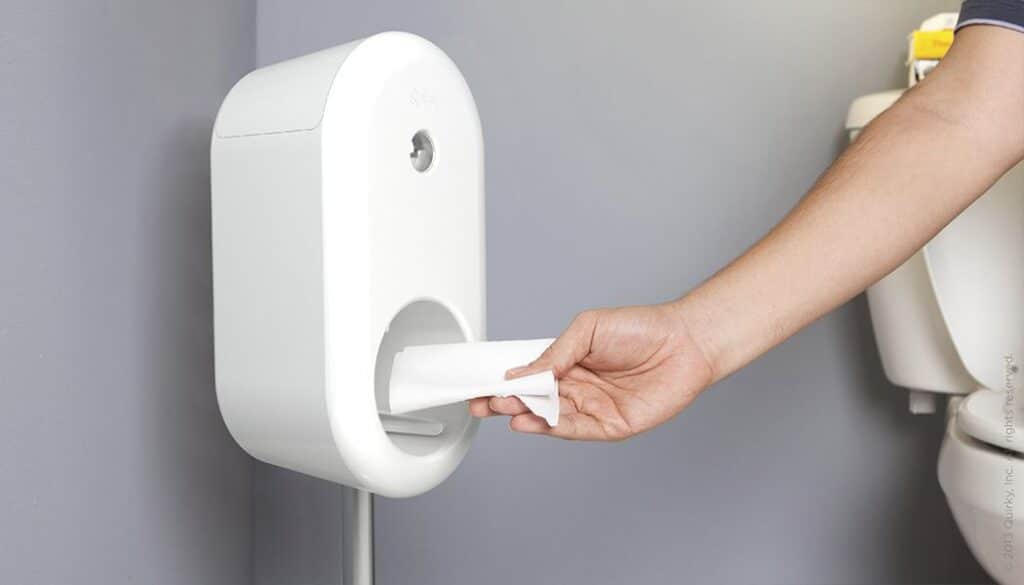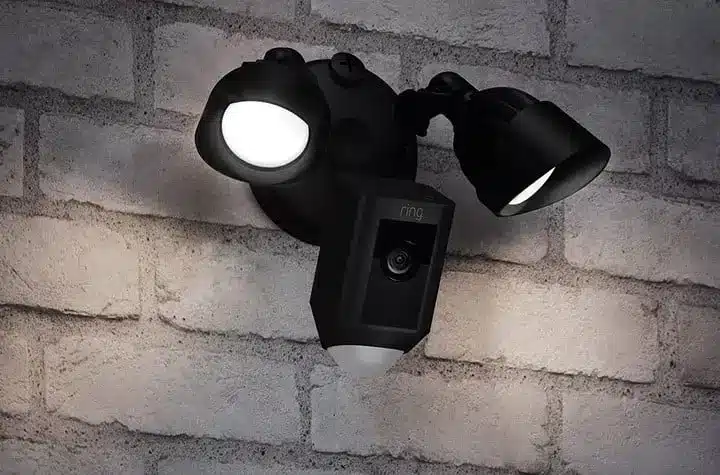Introduction
Motion sensors can increase lighting system functionality and energy economy when wired to several lights. Motion sensors can coordinate numerous lights to turn on when motion is detected. This design makes outdoor walks, driveways, and commercial areas safer, more convenient, and energy efficient.
In this guide, we will walk you through the process of wiring a motion sensor to multiple lights. While the specifics of the installation may vary based on the model and manufacturer of your motion sensor, we will cover the general steps involved in creating a multi-light motion sensor setup. It is essential to review and follow the manufacturer’s instructions for your specific motion sensor to ensure proper installation and functionality.
Before wiring, make sure you understand electrical safety and cut off the circuit’s power. A certified electrician should help you with electrical wiring if you’re hesitant or uncomfortable.

How do you wire multiple motion sensors to multiple lights?
A control circuit with two or more motion detectors coupled to one control relay turns on outdoor light fixtures. The light fixture is actuated by either motion detector.
Plan the layout: Determine the location of each motion sensor and light fixture. Consider factors such as the coverage area, motion detection range, and optimal positioning for effective lighting.
Turn off the power supply: Ensure safety by turning off the power supply at the circuit breaker or fuse box for the area where you’ll be working.
Install the motion sensors: Follow the manufacturer’s instructions to mount and secure the motion sensors at the desired locations. This typically involves attaching the sensor to a wall or ceiling using screws.
Connect the motion sensors: Run electrical cables from each motion sensor to a central point where you’ll connect them to the power supply. Use wire connectors to join the corresponding wires, typically color-coded as black (hot), white (neutral), and green or bare (ground). It’s important to adhere to local electrical codes and regulations during this process.
Install the lights: Mount the light fixtures in their designated locations, following the manufacturer’s instructions. Ensure that the lights are compatible with the wiring setup and rated for outdoor or indoor use as needed.
Connect the lights: Run electrical cables from each light fixture to the central point where you’ll connect them to the power supply. Again, use wire connectors to join the corresponding wires, matching the color-coded connections.
Wire motion sensors in series?
Four-wire connectors link motion detectors to panels. Normally Closed (NC) series wiring is the most typical setup for these devices.
Multiple motion sensors can share a power supply and cable architecture, making series wiring cost-effective.
Compared to parallel wiring, where each motion sensor has its own wiring, series wiring eliminates installation wires.
When any sensor in the series detects motion, all lights or devices will turn on. This can be useful in vast outdoor spaces or hallways that need coordinated illumination.
Series-connected motion sensors can drop electricity. Each sensor’s voltage may fall somewhat when current runs through it, affecting sensor and light performance. Motion sensor power needs and serial circuit length must be considered for proper voltage distribution.
Motion sensor placement is critical with series wiring. You must place each sensor to cover the desired locations. Consider sensor range and coverage to avoid motion detection gaps and blind areas.
Can you have more than one motion sensor on a light?
guests or intruders arrive.
Multiple motion sensors improve lighting coverage. This is ideal for large outdoor spaces, hallways, or complex layouts where one motion sensor may not be adequate.
Multiple motion sensors prevent false activations and missed detections. It Multiple sensors detecting activity in their zones enhances accuracy and ensures lights turn on when needed.
Multiple motion sensors expand configuration options. Individually change each sensor’s sensitivity, range, and time delay to create the lighting system.
Make sure wiring and power can support extra motion sensors. Design and connect sensors to have enough power and communicate with the light or group of lights.
Smartly place motion sensors to maximize coverage without overlap. Overlapping coverage zones may waste energy and activate twice. Adjust sensor placements to eliminate blind areas and ensure motion detection in the desired area.
Can you put two motion lights on the same switch?
No. The switch provides independent power to each light. The one with a motion sensor will only turn on if the switch is on and there’s motion. The other turns on if the switch is on.
Switch capacity: Make sure your switch can accommodate both motion lights’ electrical load. Motion lights have wattage ratings, so be sure the switch can take the overall wattage without overloading.
Wiring configuration: Your electrical system may need adjustments for the two motion lights. Lights may need additional cable or a junction box to connect to the switch. A licensed electrician can aid with wiring installation or needs.
Balancing the load: If the two motion lights’ total wattage is close to the switch’s maximum capacity, spread the load evenly. To equalize the electrical load, connect one motion light directly to the switch and the other to a different switch or circuit.
Motion sensor compatibility: Make sure your motion lights work with the switch and wiring. Motion lights may have distinct wiring or compatibility needs. Follow the manufacturer’s directions for appropriate installation and operation.
Can you put 2 motion sensor on a three way switch?
When using in a 3-way application use one sensor and one standard 3-way switch. Cannot be used with another sensor, or in a 4-way application. WARNINGS AND CAUTIONS: If you are not sure about any part of these instructions, consult an electrician.
Wiring compatibility: Verify that the existing wiring supports the addition of motion sensors to the three-way switch setup. Three-way switches require specific wiring configurations with multiple traveler wires to allow for control from different locations. It’s crucial to understand the existing wiring scheme and ensure compatibility with the motion sensor installation.
Motion sensor compatibility: Three-way switches may not operate with all motion sensors. Check the manufacturer’s specifications and directions to make sure your motion sensors work with a three-way switch. Some motion sensors need special wiring or components.
wire changes: The wire configuration and motion sensor compatibility may require wiring modifications. This may require adding or rewiring traveler wires, employing a motion sensor switch, or installing relays or control modules. A licensed electrician should be consulted for wiring improvements and electrical code compliance.
Sensor placement and coverage: Carefully consider the placement of the motion sensors to ensure adequate coverage and effective motion detection. Since a three-way switch setup allows control from multiple locations, it’s important to position the sensors strategically to cover the desired areas from all switch locations. Adjust the sensitivity and range settings of the sensors to optimize their performance and avoid false activations.

How much voltage does a motion sensor need?
The PIR sensor requires 5V but can operate at 12V. Due to its open-collector architecture, the alarm pin can connect straight to an input pin even if a PIR is powered above 5V.
Low voltage operation: Many motion sensors operate with low-voltage systems used in homes and businesses. Safety and energy efficiency are better with low voltage systems.
Power supply compatibility: Verify that the power supply you intend to use with the motion sensor matches the required voltage. Some motion sensors may have specific power supply requirements, such as AC or DC voltage, which should be considered during installation.
Transformer or power adapter: A transformer or power adapter may be needed to convert common line electricity (120V or 240V) to low voltage for motion sensors. These components stabilize and adjust motion sensor power.
Compatibility with existing wiring: When installing motion sensors, it’s important to ensure that the existing wiring system supports the voltage requirements of the sensor. The wiring should be capable of delivering the required voltage safely and efficiently.
Remember safety when working with electrical systems. Turn off the power before installing or attaching the motion sensor. A certified electrician should be consulted regarding voltage requirements and electrical connections to guarantee correct installation and safety.
Do motion sensors use a lot of electricity?
Depending on the device, their power consumption ranges from 0.5W to 8W for the most powerful ones.
Standby power consumption: Motion sensors use less electricity in standby mode, waiting for motion. Milliwatts is small compared to connected lights or gadgets.
Activation power: Motion sensors require a small amount of power to detect motion and transmit signals. This power consumption is generally brief and occurs only when motion is detected. The duration of power consumption depends on the design and sensitivity settings of the motion sensor.
Connected lights or devices: Motion sensor systems use energy mostly because of the lights or gadgets they regulate. The motion sensor uses no electricity beyond its operational needs. When connected to energy-efficient lights or devices like LEDs, the system’s energy usage can be greatly decreased.
Energy-saving benefits: Energy conservation is a major benefit of motion sensor systems. Motion detection turns lights and devices on and off, saving energy during inactivity. In places with frequent mobility or occupancy swings, this can save a lot of electricity.
What is the weakness of motion sensor?
Following are the Disadvantages of Motion Sensor of active and passive types: Radio frequency at high power is harmful for humans (active type). Radio frequency in microwave range do not penetrate metal objects (active type). Passive motion sensors do not operate above temperature of 350C.
Limited range: Motion sensors have a limited range within which they can detect motion. The range varies depending on the specific sensor model and technology used. During installation, the detection range may be overlooked, resulting in blind zones or less efficient motion detection.
Angle of detection: Motion sensors have a specific angle of detection, which determines the width of the coverage area. It’s important to position and adjust the sensor properly to ensure optimal coverage and avoid gaps or areas where motion may go undetected.
False activations: False positives can activate motion sensors, activating lights or devices. False activations can be from dogs, moving items like curtains or tree branches, or temperature changes. Selecting the right sensitivity and situating the sensor can reduce false activations.
Response time: Motion sensors require a certain amount of time to detect motion and activate the connected lights or devices. This response time may vary depending on the sensor technology and the specific model. In some cases, there may be a slight delay between motion detection and activation, which can be a limitation in certain applications requiring immediate response.
Environmental factors: Environmental conditions can affect the performance of motion sensors. Extreme temperatures, humidity, or the presence of dust, insects, or moisture can interfere with motion detection or lead to false activations. Choose motion sensors that can endure the installation area’s environment.

Conclusion
We have covered the basics of wiring a motion sensor to several lights in this post. However, the motion sensor model and electrical arrangement may affect wiring needs. For appropriate installation and safety, follow your motion sensor’s manufacturer’s recommendations.
By following the necessary safety precautions and guidelines, such as multiple lights turning off the power supply and seeking professional assistance if needed, you can successfully create a synchronized lighting system that responds to motion. This setup is especially useful for outdoor areas, pathways, or commercial spaces where motion detection is critical for security and energy efficiency.
After connecting, test the system to make sure the motion sensor turns on the lights. Adjust the motion sensor’s sensitivity and range to meet your needs.

